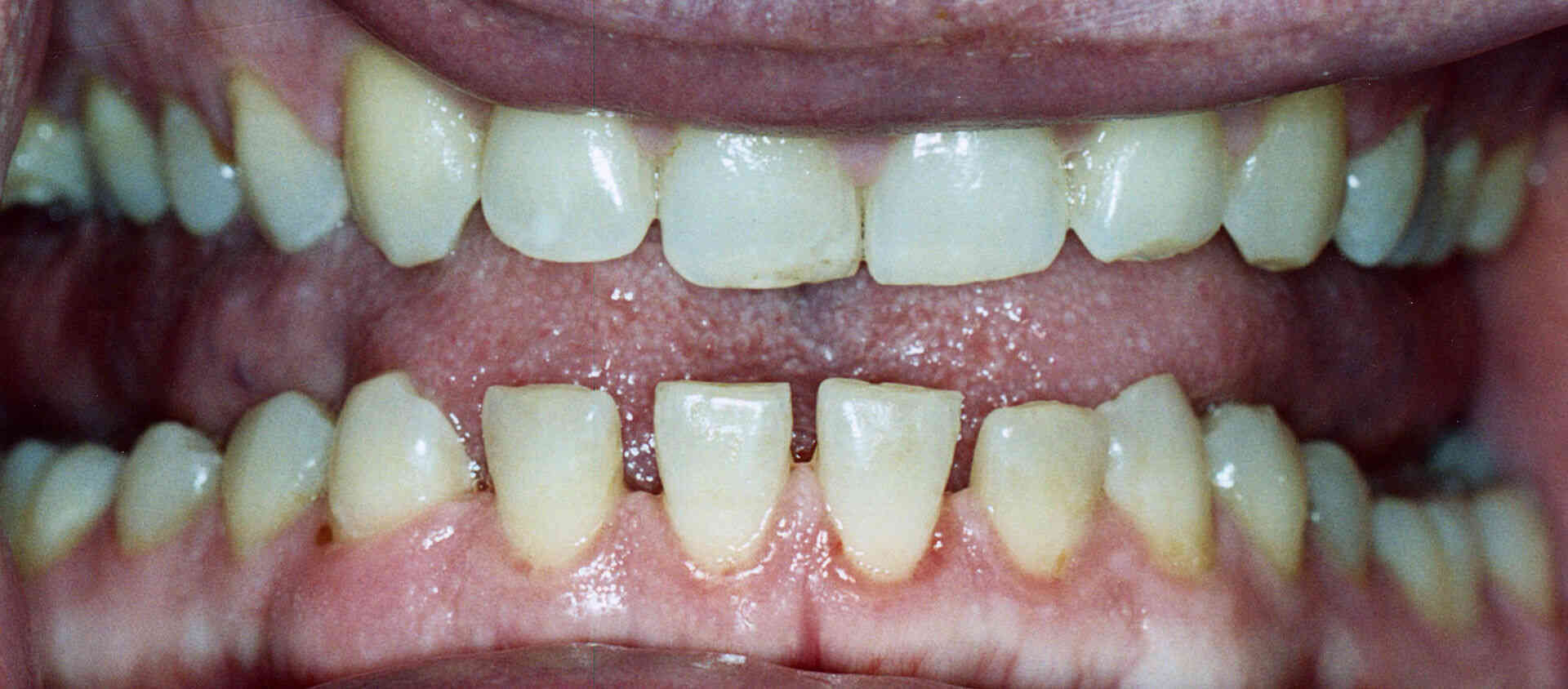
History: A 30-year-old man presented with an 11-year history of coarse facial features and progressive enlargement of hands and feet. On physical examination, his height was 1.70 m and his weight was 65 kg. Coarse facial features included enlarged frontal and nasal bone, thickened facial and scalp skin including the periorbital area, and thickened lips. His lower jaw shows the classic spacing of teeth. Funduscopic examination revealed the absence of papilloedema. Hands and feet are noted to be enlarged but non-oedematous. What’s the diagnosis?
Answer: Acromegaly is a disorder that results from excess growth hormone (GH) after the growth plates have closed.
Symptoms: The initial symptom is typically enlargement of the hands and feet. There may also be an enlargement of the forehead, jaw, and nose. Other symptoms may include joint pain, thicker skin, deepening of the voice, headaches, and problems with vision. Complications of the disease may include type 2 diabetes, sleep apnea, and high blood pressure.
Cause: Acromegaly is usually caused by the pituitary gland producing excess growth hormone due to a benign pituitary adenoma.
Diagnosis: Measuring insulin-like growth factor I in the blood. After diagnosis MRI of the pituitary is carried out to determine if an adenoma is present. If excess growth hormone is produced during childhood, the result is the condition gigantism rather than acromegaly, and it is characterized by excessive height.
Treatment: Surgery to remove the tumor, radiation therapy, somatostatin analogues or GH receptor antagonists may be used. Radiation therapy may be used if neither surgery nor medications are completely effective.